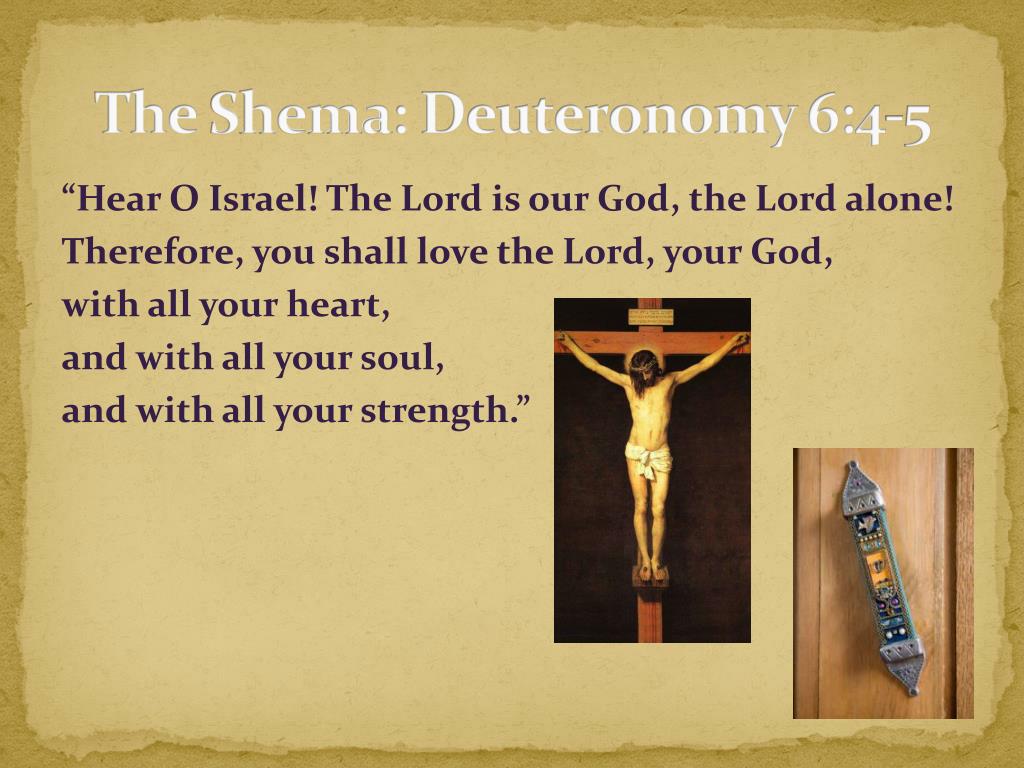

As a result, there has been a revival of interest in fragmentary and supplementary approaches, frequently in combination with each other and with a documentary model, making it difficult to classify contemporary theories as strictly one or another.ĭiagram of the generally-accepted documentary hypothesis.

Fragmentary hypotheses see the Torah as a collection of small fragments, and supplementary hypotheses as a single core document supplemented by fragments taken from many sources.Ī version of the documentary hypothesis, frequently identified with the German scholar Julius Wellhausen, was almost universally accepted for most of the 20th century, but the consensus has now collapsed.

Deuteronomic redactor series#
According to the documentary hypothesis there were four sources, each originally a separate and independent book (a “document”), joined together at various points in time by a series of editors (“redactors”). They differ on the nature of these sources and how they were combined. Others are the supplementary hypothesis and the fragmentary hypothesis all agree that the Torah is not a unified work from a single author, but is made up of sources combined over many centuries by many hands. The documentary hypothesis (DH) is a model used by biblical scholars to explain the origins and composition of the Torah, the first five books of the Bible (Genesis, Exodus, Leviticus, Numbers, and Deuteronomy). The Torah and the history of Israel’s religion.Julius Wellhausen and the new documentary hypothesis.Table: documentary, fragmentary and supplementary hypotheses.Basic approaches: documentary, fragmentary and supplementary hypotheses.


 0 kommentar(er)
0 kommentar(er)
